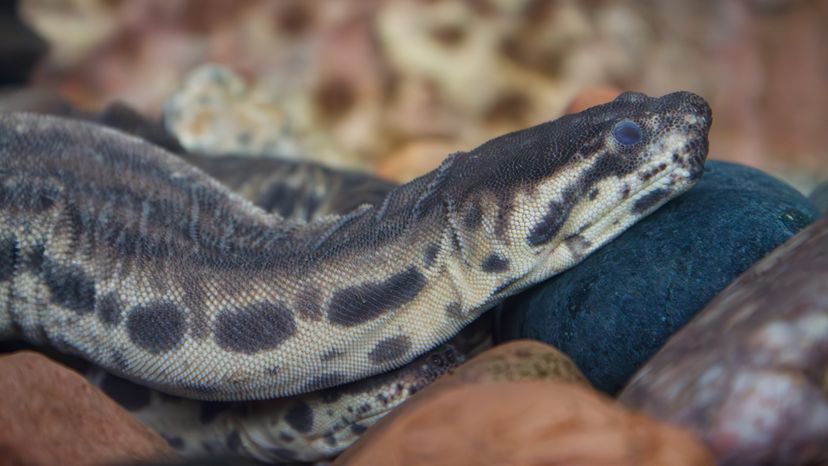
The elephant trunk snake is one of the most unusual reptiles out there. Native to Southeast Asia, this fully aquatic snake is known for its distinctive appearance, with loose, baggy skin that gives it a texture reminiscent of an elephant’s trunk — hence the name!
These snakes are well-adapted to life in freshwater and brackish environments, where they spend their days hunting and hiding among the vegetation.
Advertisement